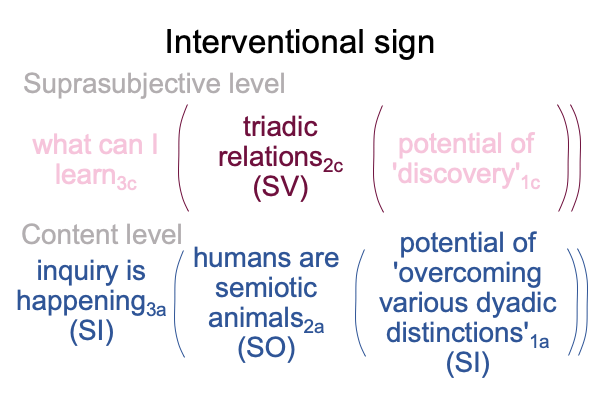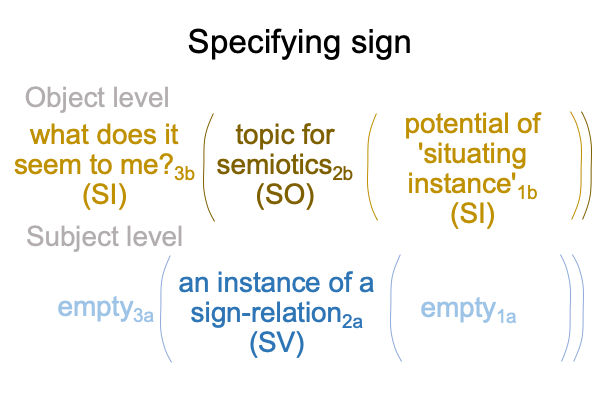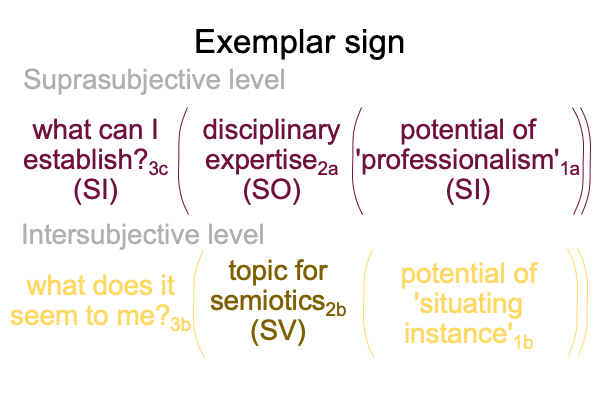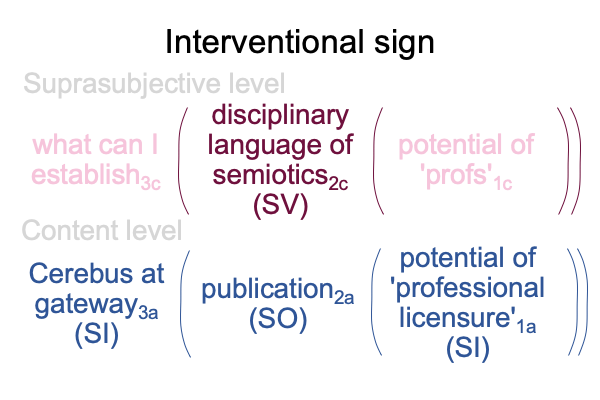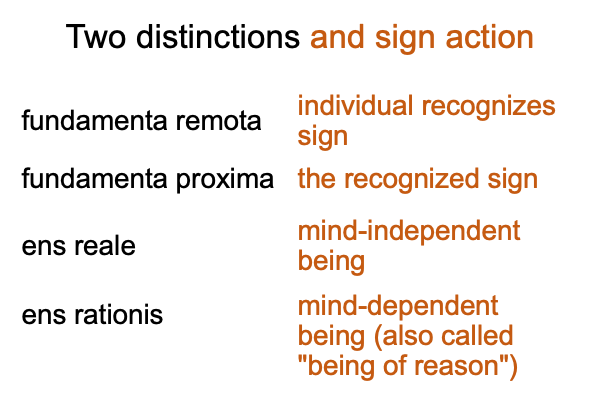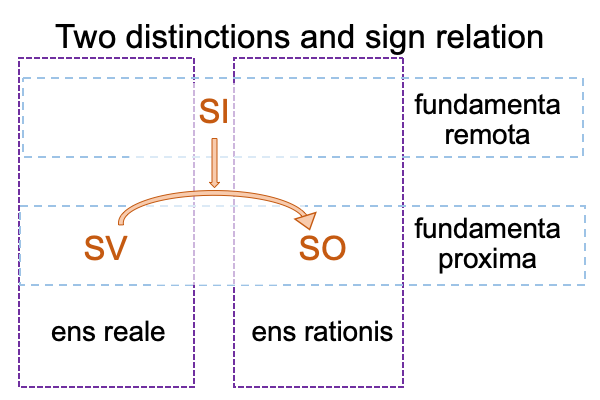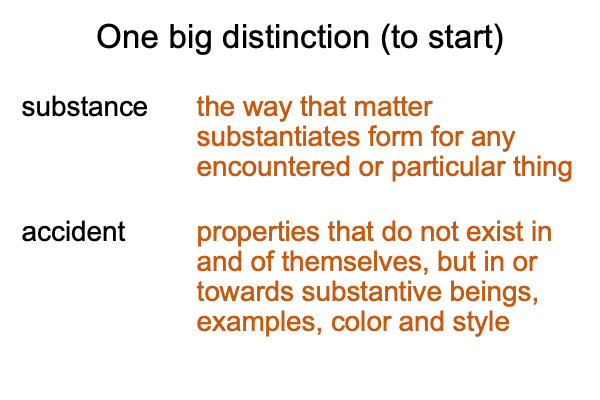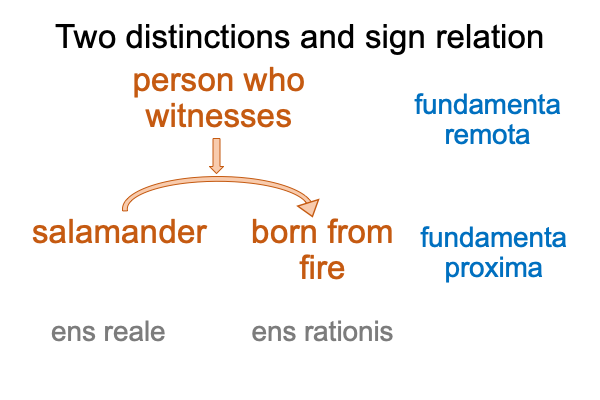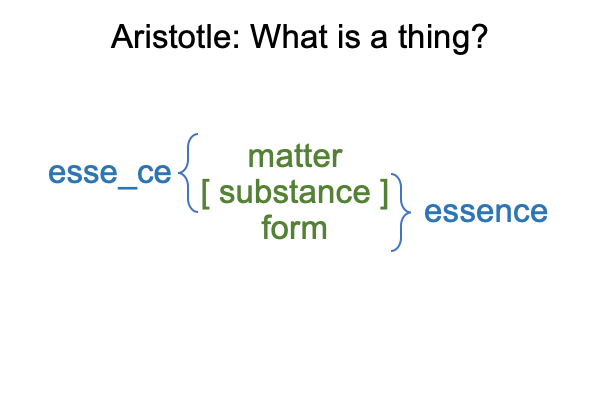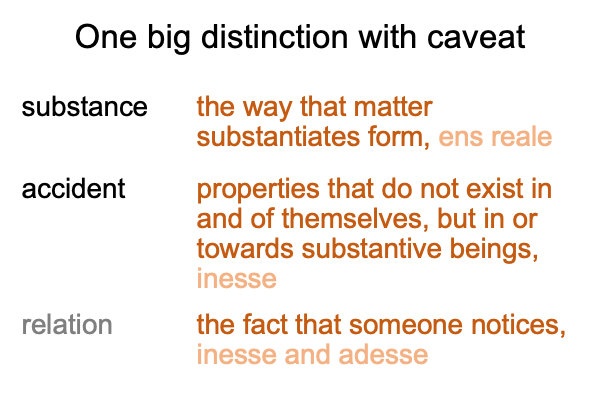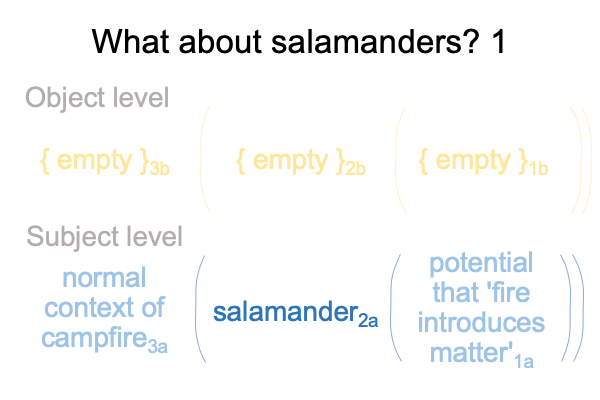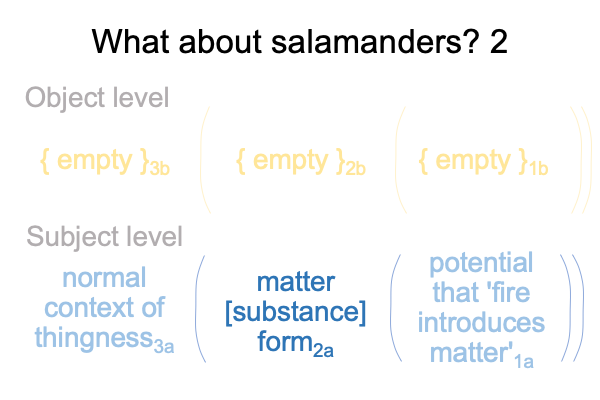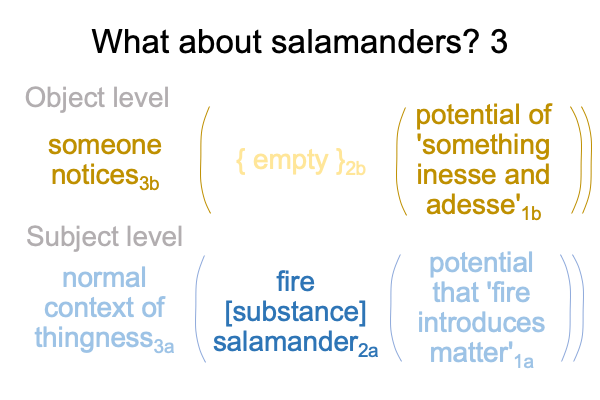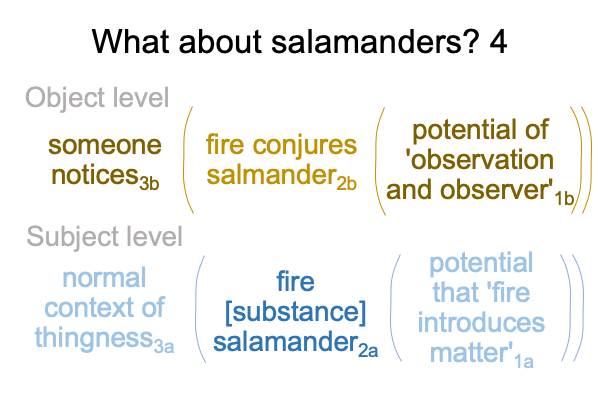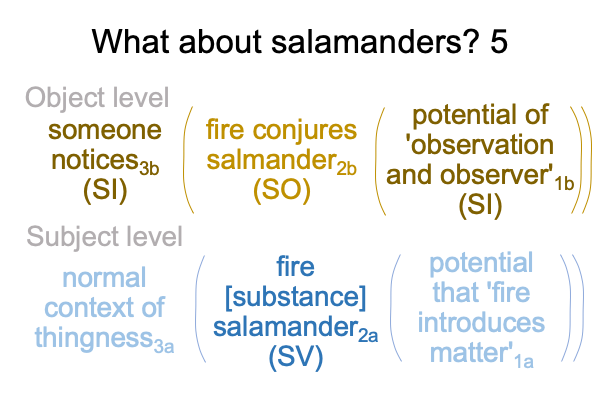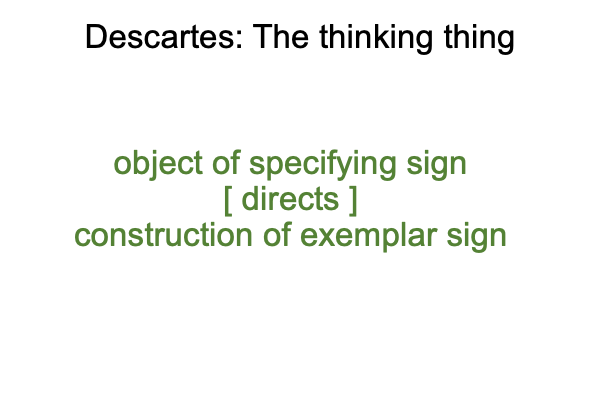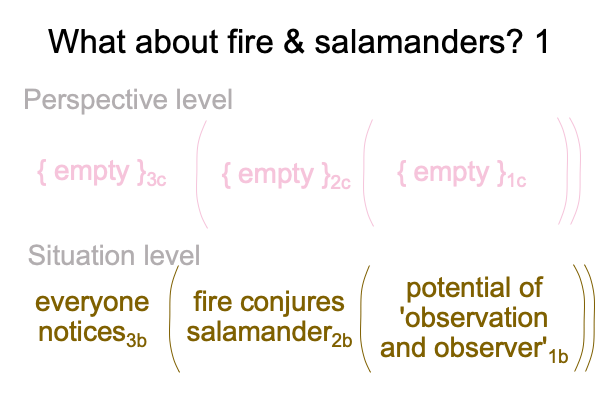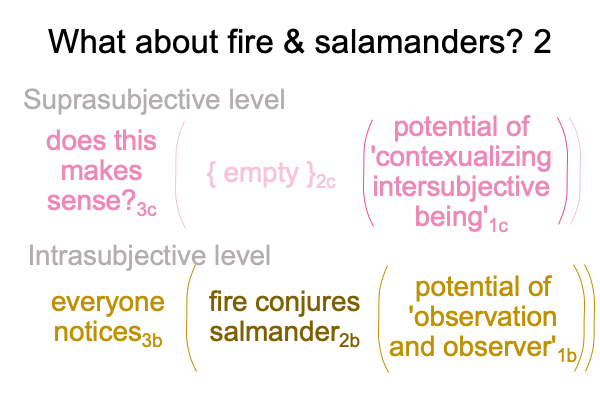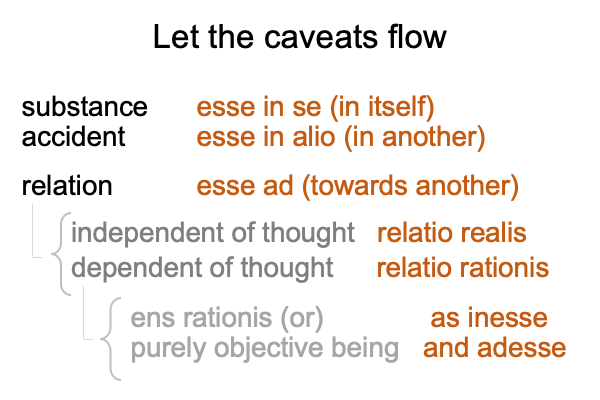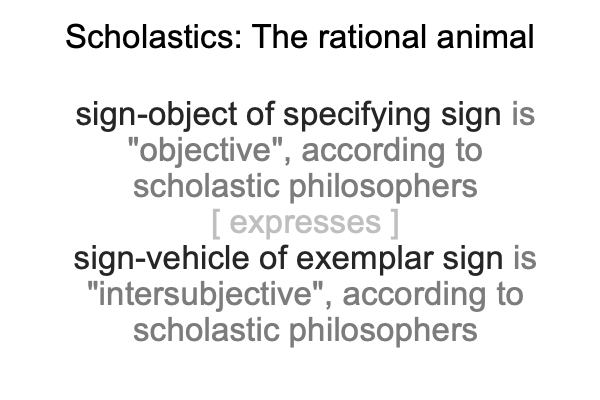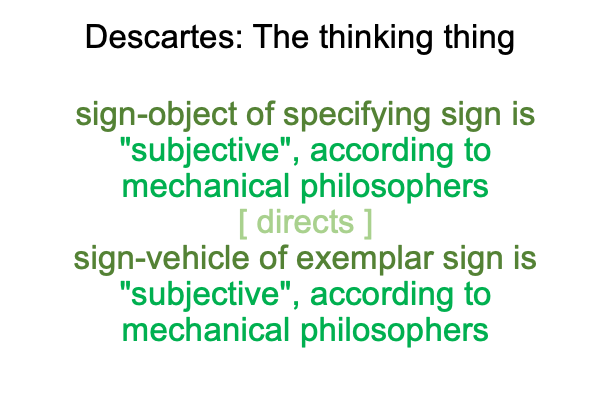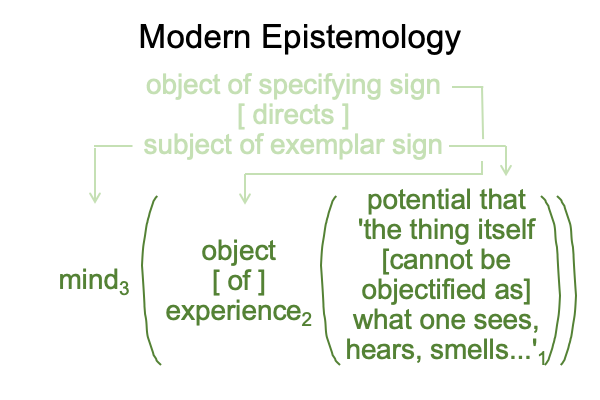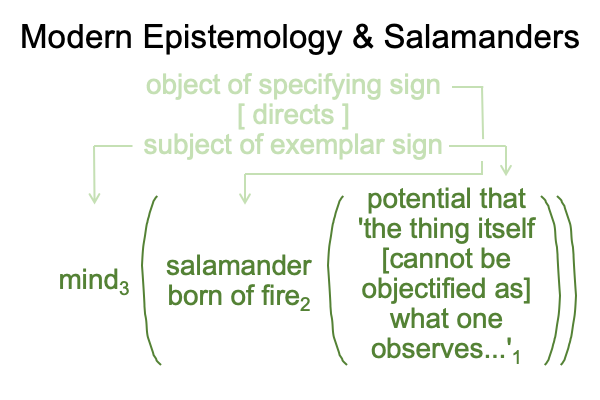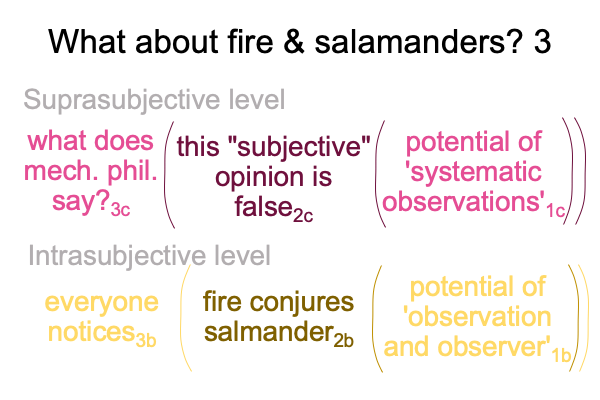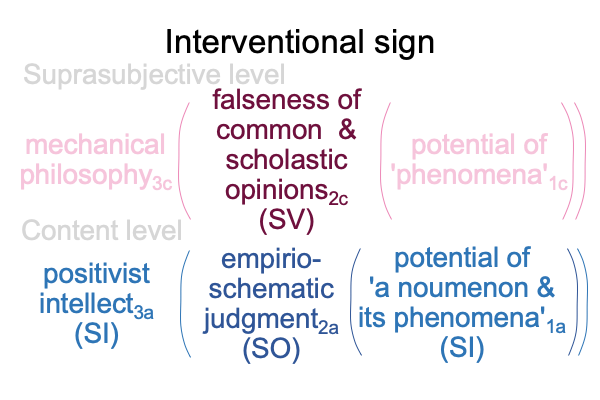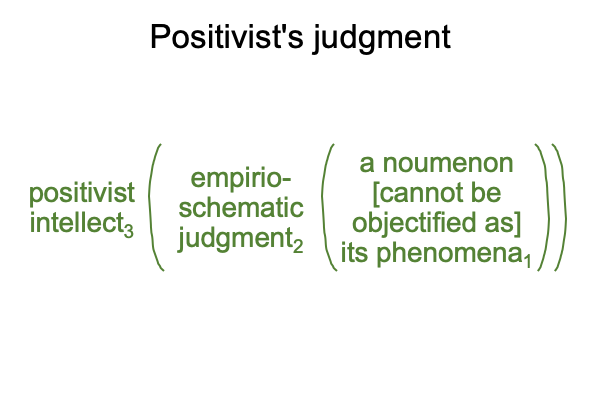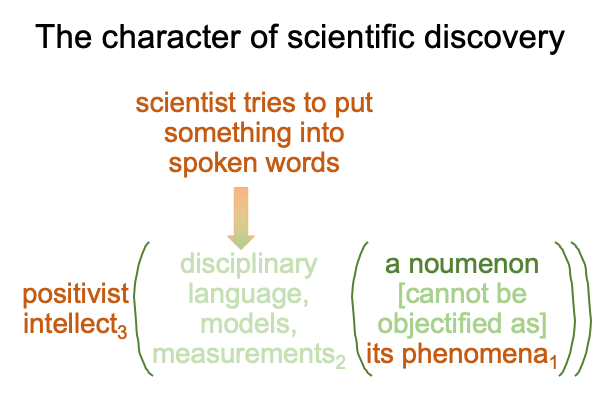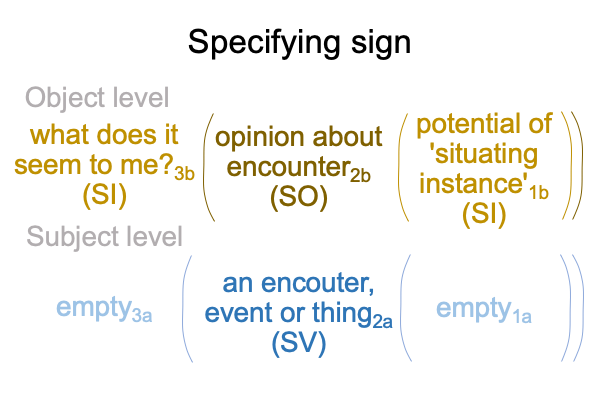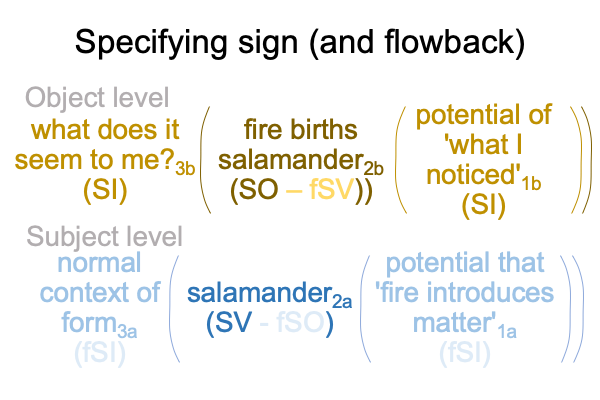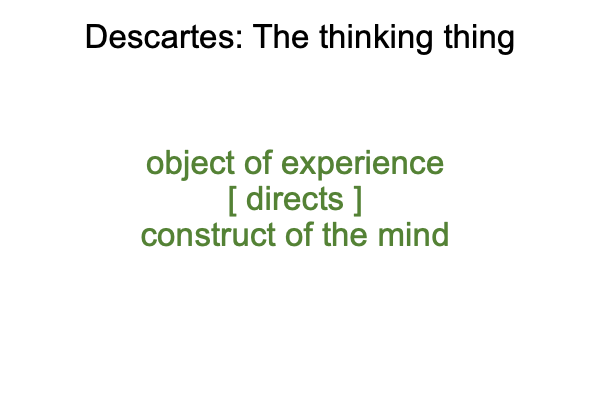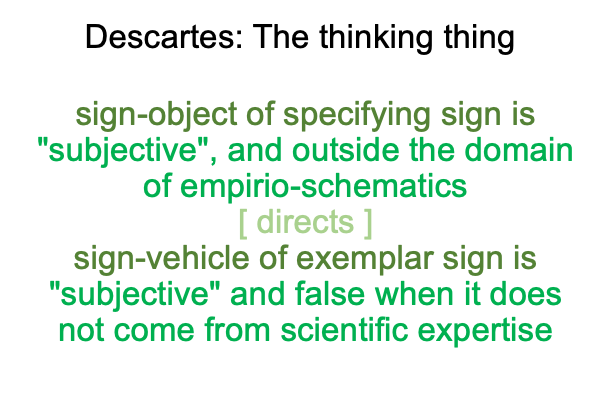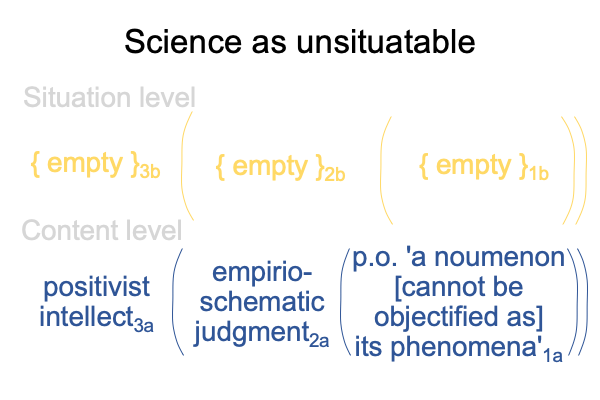Looking at John Deely’s Book (2010) “Semiotic Animal” (Part 10 of 22)
0071 The Lord is my shepherd. I shall not want (Psalm 23).
In this case of the howl of a wolf, substitute the word, “fear” for “want”.
If I am a sheep, then (I suspect that) my shepherd has a bunch of rocks in his satchel, along with a sling to throw those rocks. All it takes is one well-thrown rock to deter a wolf.
0072 Does this imply that the sign-object for the exemplar sign can become a sign-vehicle for another sign?
If so, then the sign-vehicle, asking, “Where is my shepherd?”2c, stands for a sign-object, the actuality of a shepherd and his flock2a, in regards to a sign-interpretant, where a normal context, saying that danger is happening3a, arises from the potential that I need not fear1a.
0073 This interventional sign is developed in Comments on Sasha Newell’s Article (2018) “The Affectiveness of Symbols”, by Razie Mah, available at smashwords and other e-book venues.
0074 Here is a picture.
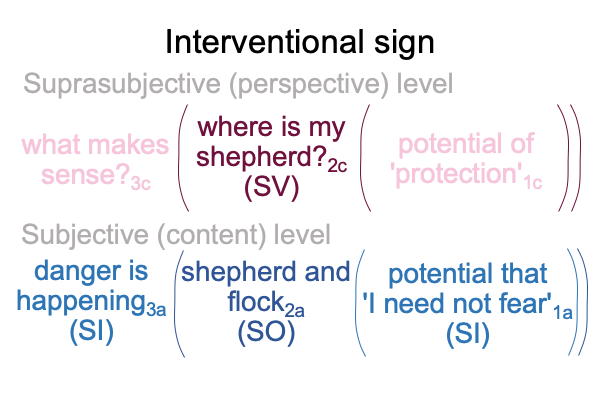
0075 John Deely, during his time on Earth, serves as a shepherd, of sorts. He always tries to keep the sheep together, but never really succeeds. He is more an impresario than a shepherd, so when he says, “Hear my voice.”, one does not even need to be in the same room. His flock includes semioticians, admirers, curious folk and a few Thomists, who love sheep analogies. In the wings of his rag-tag coalition, wolves in sheep-clothing linger.
Deely preaches the specifying sign. His inquiries exhibit the exemplar sign. His behavior reminds me of the interventional sign. If anyone lives life as a semiotic animal, Deely does.
0076 Deely is open to all comers, including doctors, scientists, pharmaceutical executives, shamans, fortune-tellers and Thomists. Each is concerned with an instance of a sign relation, including symptoms, psychological and sociological causalities, drug-body and drug-mind interactions, spiritual wanderings, clues to future events, and, of course, the appropriateness of Thomas Aquinas for all applications. Deely encourages each inquirer to consider their instances as examples of sign-relations and says, “See where that goes.”
0077 Here is Deely’s specifying sign.
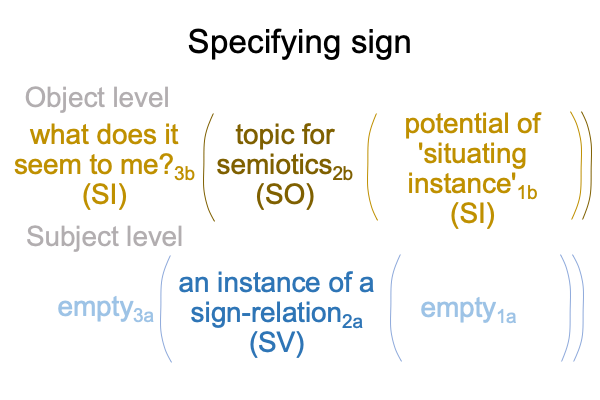
0078 In Deely’s exemplar sign, topics for semiotics2b (SV) stands for the triadic nature of signs, mediations, judgments and so on2c (SO) in regards to a perspective-level normal context, asking “What can I learn?”3c, arising from the potential of discovery1c (SI).
Deely’s exemplar discovery is that the Baroque Scholastic, John Poinsot (writing around 1650 AD) arrives at the same definition of a sign-relation as Charles Peirce (writing in the 1850s AD). This discovery couples the initiation of postmodernism (truly, not falsely, labeled) with the twilight of Thomistic (as well as other brands of) scholasticism. Deely places the start of the modern Age of Ideas at 1650. Deely dates the start of the Age of Triadic Relations with Peirce’s publication of his first list of categories in 1857.
0079 Here is Deely’s exemplar sign.
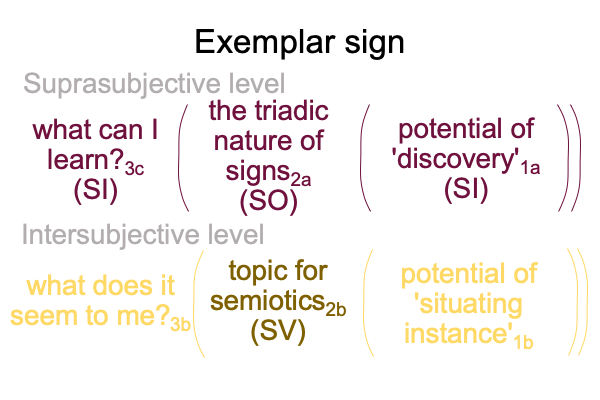
0080 In the book under examination, written midway between Deely’s publication of the monumental The Four Ages of Understanding in 2001 and his death in 2017, triadic relations2c (SV) stands for the nature of humans2a (SO) in regards to postmodern inquiry3a arising from potential of ‘overcoming modern distinctions, such as the distinction between idealism and realism’1a (SI).
0081 Here is my view of Deely’s interventional sign.
